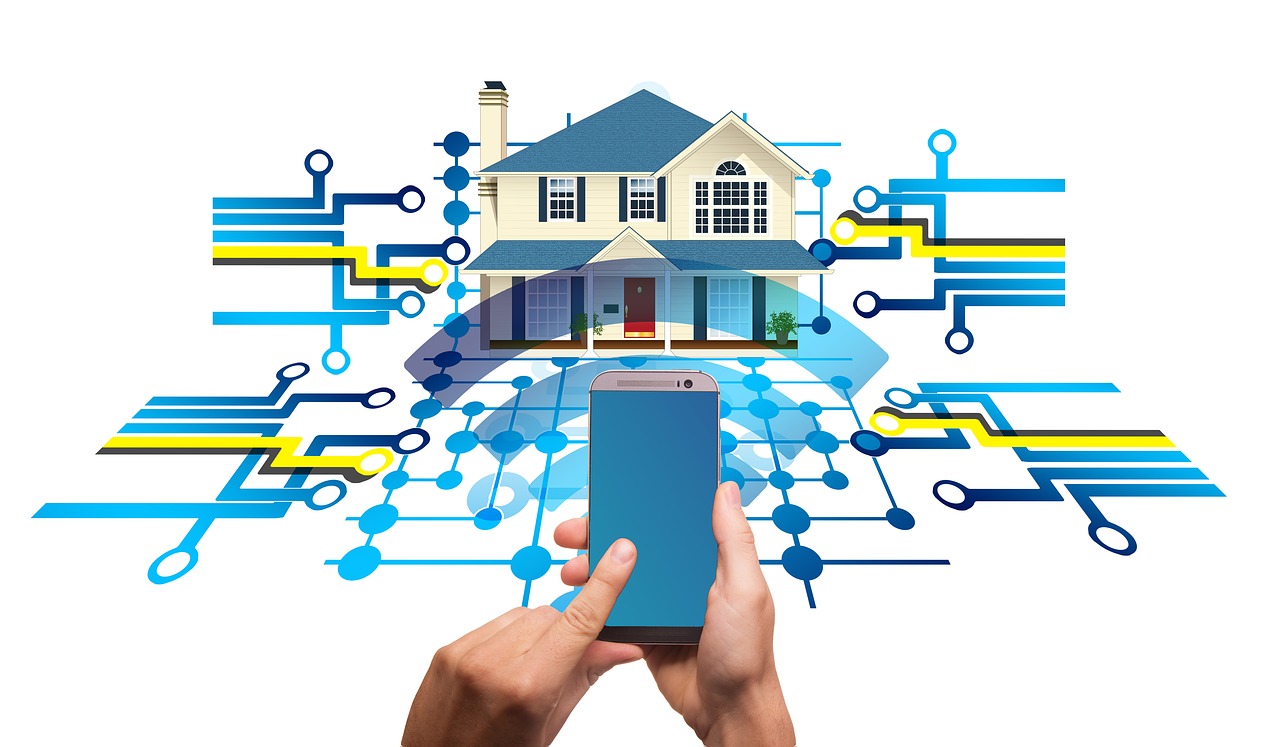A smart home is a house that has technology that allows its occupants to operate its features and operations remotely. While the concept of a “smart house” has been around for decades, it has only just become a reality for customers. So, how does a smart home function? In summary, a smart home is outfitted with a variety of sensors and equipment that are linked to a central hub or controller. This controller enables the homeowner to monitor and operate all of his or her home’s equipment from a single place, such as a smartphone, tablet, or laptop. (Also Read: Why you should consider cloud-based access control)
What is Smart Home and How does it Work
What exactly is a smart home?
A smart home’s purpose is to make life easier and more comfortable for its occupants. Consider getting home from work and having your lights switch on automatically or adjusting your thermostat from your phone.
Smart homes are becoming more popular as technology advances and become cheaper. More and more homeowners are seeing the benefits of having a smart home, and this trend is projected to continue in the coming years.
How does a smart home function?
Lighting control, climate management, security systems, and whole-home audio and video systems are all popular elements in smart houses. Many of these systems are remotely controllable, allowing homeowners to manage their property even when they are not present.
Smart homes can help homeowners save money on their energy costs in addition to providing convenience and peace of mind. Homeowners can save money on their monthly energy bills by automating actions like adjusting the temperature or turning off lights when they are not in use.
What are the different types of smart home systems?
Security systems, energy management systems, and entertainment systems are the three most popular types of smart home systems. Each system has its own set of characteristics and benefits.
Security Systems: Perhaps the most significant sort of smart home system is a security system. A security system can help keep your home safe from intruders, fires, and other calamities. Sensors that detect movement or sound, as well as cameras that allow you to monitor activities inside and outside your house, are common components of security systems. Remote access and two-way voice communication are also components of certain security systems.
Energy Management Systems: By allowing you to control the lights, temperature, and appliances in your house from a central unit, an energy management system can help you save money on your energy costs. Programmable thermostats and light timers are common aspects of energy management systems. Some energy management systems can also be operated by a smartphone or tablet.
Entertainment systems may transform your home into a personal movie theater or music hall. A television, a stereo receiver, speakers, and various media players are common components of entertainment systems. Game consoles and Blu-ray players are also included in certain entertainment systems.
What are the main advantages of smart homes?
2. Smart homes can monitor the environment inside and outside the house. They can make sure that everything is working as it should, and if there’s something wrong with a system, they can notify the homeowner right away.
3. Smart homes are also equipped with smart appliances that help homeowners save money on their energy bills by regulating power consumption and usage patterns automatically.
4. Smart homes also have security features that allow homeowners to control access to their homes from anywhere in the world using an app or other devices like a key card reader or a digital lock system.
5. Lastly, smart homes have a lot of entertainment features like TVs, music systems, and much more!
How to Begin with a Smart Home?
After you’ve chosen your devices, you’ll need to install and configure them according to the manufacturer’s instructions. This procedure may differ based on the type and brand of equipment, so be sure to carefully follow the instructions.
After you’ve installed your devices, you’ll need to connect them to your home’s Wi-Fi network so they can interact with one another and any apps or software you’re using to operate them. Again, the specifics will vary depending on the items you choose, but most devices will want you to enter a password or code into their app in order for them to connect to your network.
Finally, after everything is connected and operational, it’s time to begin enjoying your new smart home! This can range from turning lights on and off with your voice to set alarms and reminders through an app on your phone, depending on the devices you’ve installed. Experiment with various commands and functions to see what your new smart home is capable of!
Conclusion
As more devices become internet-connected, smart home technology is becoming increasingly popular. A “smart home” is a residence that uses technology to automate tasks and improve the residents’ quality of life. While the term “smart home” may conjure up images of futuristic homes, the reality is that many common household items can be controlled by a smartphone or voice-activated assistant. From turning on the lights to adjusting the thermostat, smart home technology can make your life easier in a variety of ways. (Also Read: Top 10 technologies to learn in 2023)












